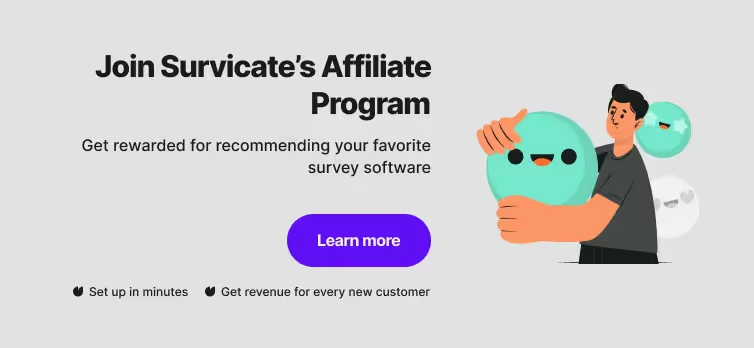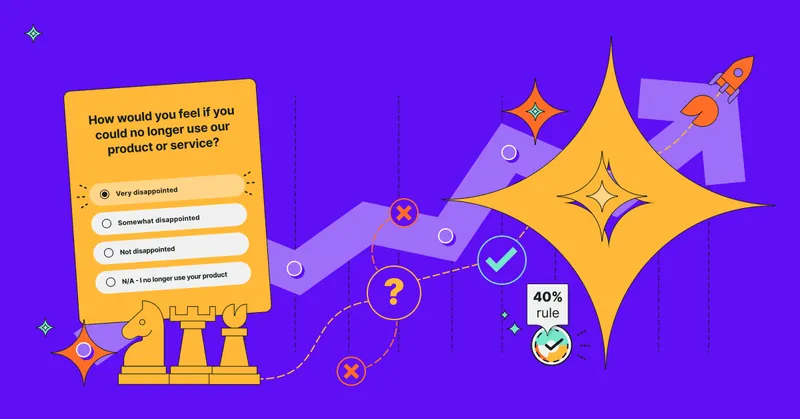Affiliate partnerships have emerged as a cornerstone of modern digital marketing strategies. By aligning with other businesses and individuals who promote your products or services, you can significantly extend your brand's reach and tap into new markets. But what exactly are affiliate partnerships, and how do they function to benefit your business?
In this guide, we'll delve into the intricacies of affiliate partnerships, starting with a clear definition and an exploration of their pivotal role in online marketing.
What is an affiliate partner?
An affiliate partnership is a collaborative arrangement between two parties: one being an affiliate (also known as a publisher) and the other being a merchant (also known as a retailer or brand).
In this partnership, the affiliate promotes the merchant's products or services through various marketing channels, such as websites, blogs, social media, or email marketing campaigns.
At its core, this partnership hinges on a performance-based model that rewards affiliates for driving traffic, leads, or sales to a merchant's website.
Looking to measure the effectiveness of your content? Run a simple survey:
How does an affiliate partnership work?
Affiliate partnerships not only incentivize affiliates to create compelling promotional content but also allow merchants to expand their reach without the upfront costs associated with traditional advertising. Here’s an example of how the partnership works.
Joining the affiliate partnership program
The affiliate signs up for the merchant's affiliate program. This might be through an affiliate network that acts as an intermediary between affiliates and merchants or directly through the merchant's own program.
Link sharing
Once approved, the affiliate receives unique tracking links or codes from the merchant or network. These links are used by the affiliate in their content to promote the merchant's offerings.
Promotion
The affiliate uses these links in their promotional content. This content could be in the form of blog posts, videos, social media posts, or email newsletters, aimed at persuading their audience to click on the links and make a purchase or complete a desired action on the merchant's website.
Earning commission
When a consumer clicks on one of these links and takes a specific action (such as making a purchase, signing up for a trial, or filling out a contact form), the affiliate earns a commission from the merchant. The specific action required to earn a commission is defined by the terms of the affiliate program.
Tracking and payment
The merchant or affiliate network tracks the clicks, actions, and sales made through the affiliate's links and attributes them correctly to the affiliate. Payments are made to the affiliate based on the agreed-upon commission structure, which could be a percentage of the sale, a fixed amount for a lead or sale, or other agreed terms.

Types of affiliate partnerships
Affiliate partnerships can take various forms, each with its own set of rules, payment structures, and objectives. Here are the main types.
Pay-Per-Sale (PPS)
This is the most common type of affiliate partnership. Affiliates earn a commission when their referral leads to a sale. The commission is usually a percentage of the sale price but can also be a fixed amount.
This type of affiliate partnership is ideal for businesses with strong product offerings that are easily transactable online. It’s highly favored by affiliates in the retail and eCommerce sectors.
Pay-Per-Lead (PPL)
As part of this partnership, affiliates are paid a fixed commission for every lead they generate. A lead can be defined as a completed action on the merchant's website, such as filling out a contact form, signing up for a trial, or subscribing to a newsletter.
It’s great for companies looking to expand their customer base or gather potential customer data, especially in services, software, and B2B sectors.
Pay-Per-Click (PPC)
In this model, affiliates earn money based on the number of clicks they generate to the merchant's site, regardless of whether those clicks result in a sale or lead.
It works well for businesses aiming to increase website traffic or raise brand awareness. It requires careful monitoring to prevent fraud and ensure quality traffic. For efficient analysis, businesses can consider crafting a dashboard using a suitable PPC report template.
Pay-Per-Install (PPI)
This model is specific to software and mobile apps. Affiliates earn a commission for every install of an app or software they refer.
It’s ideal for developers and companies looking to increase their software or app installations. It’s particularly popular in the gaming and tech industries.
Revenue sharing
Also known as RevShare, this model involves sharing a percentage of the total revenue generated by the referred customer with the affiliate, often over a specific period. It’s often used in subscription-based services, online casinos, and financial services where customers have a long-term value.
Two-tier
Affiliates earn commissions on their direct sales or leads and also receive a smaller commission on the activities of any other affiliates they recruit into the program (the second tier). It’s a great choice for affiliates with large networks and those who are also interested in the recruitment aspect of affiliate marketing.
Influencer partnerships
Specifically tailored for social media influencers or people with significant followings. Compensation can be based on sales, but flat fees for promotion are also common.
This model is used by brands looking to leverage the trust and engagement influencers have with their audience. Effective in fashion, beauty, and lifestyle sectors.
Content affiliates
This model is used by businesses seeking to benefit from detailed product reviews, tutorials, or promotional content that adds value to the potential customer's decision-making process.
These affiliates create content such as blog posts, videos, or reviews to promote products or services. The compensation model can vary (PPS, PPC, PPL).

The benefits of affiliate partnerships
Affiliate partnerships offer a wide range of benefits to both merchants and affiliates. Here are some of them.
Affiliate partnership benefits for merchants
Cost-effectiveness
Since affiliate marketing is performance-based, merchants pay for actual sales or leads, making it a highly cost-effective marketing strategy. This minimizes wasted advertising spend and ensures a better return on investment (ROI).
Increased reach and audience expansion
Affiliates have their own established audiences. By partnering with affiliates, merchants can tap into these audiences, expanding their reach and visibility across different markets and niches they might not have accessed otherwise.
Enhanced credibility
Affiliates who are trusted by their audience can lend credibility to the products or services they promote. Recommendations from reputable affiliates can significantly influence purchasing decisions.
Affiliate partnership benefits for affiliates
Monetization of content
Affiliates can generate income from their existing content, platforms, or audience base by promoting products or services aligned with their niche or expertise.
Low entry barrier
Starting with affiliate marketing requires minimal investment, making it accessible for individuals and small businesses. It’s an opportunity to establish or grow an online presence with limited risk.
Passive income potential
Once the affiliate content is created and the referral links are in place, affiliates can earn a commission over time with little additional effort, providing a source of passive income.
Flexibility and independence
Affiliates have the freedom to choose which products or services to promote, allowing them to align their efforts with their interests, expertise, and the preferences of their audience.
Why should you build an affiliate partnership?
Affiliate partnerships are inherently performance-based, meaning you pay for actual sales or conversions, not just for visibility or clicks. This ensures that your marketing budget is spent efficiently, yielding a higher return on investment (ROI) compared to many other marketing strategies. It’s an ideal approach if you’re looking to maximize your marketing effectiveness with minimal risk.
As affiliates bring their own audiences, they can expand your brand's reach to potential customers you might not have engaged otherwise. This access to a wider, yet highly targeted audience can significantly increase your market penetration and brand awareness across different segments and geographies.
Affiliate marketing allows for scalability in your marketing efforts. You can start small and grow your affiliate program organically, adjusting your strategy based on performance data and market trends. This scalability ensures that your marketing evolves in tandem with your business growth and objectives.
What’s more, the data generated from affiliate partnerships can offer deep insights into customer behavior, conversion paths, and the effectiveness of your marketing strategies. These insights allow for data-driven decisions to optimize your product offerings, marketing messages, and overall strategy.
Join Survicate’s affiliate program today
If you’re a content creator who’s built a community around your brand and are looking to expand your activities, why not join Survicate’s Affiliate Program?
You’ll receive a 20% revenue share for one year for each customer you refer to us. Visit our Partner Program page for more information and let’s join forces!













.svg)

.svg)



